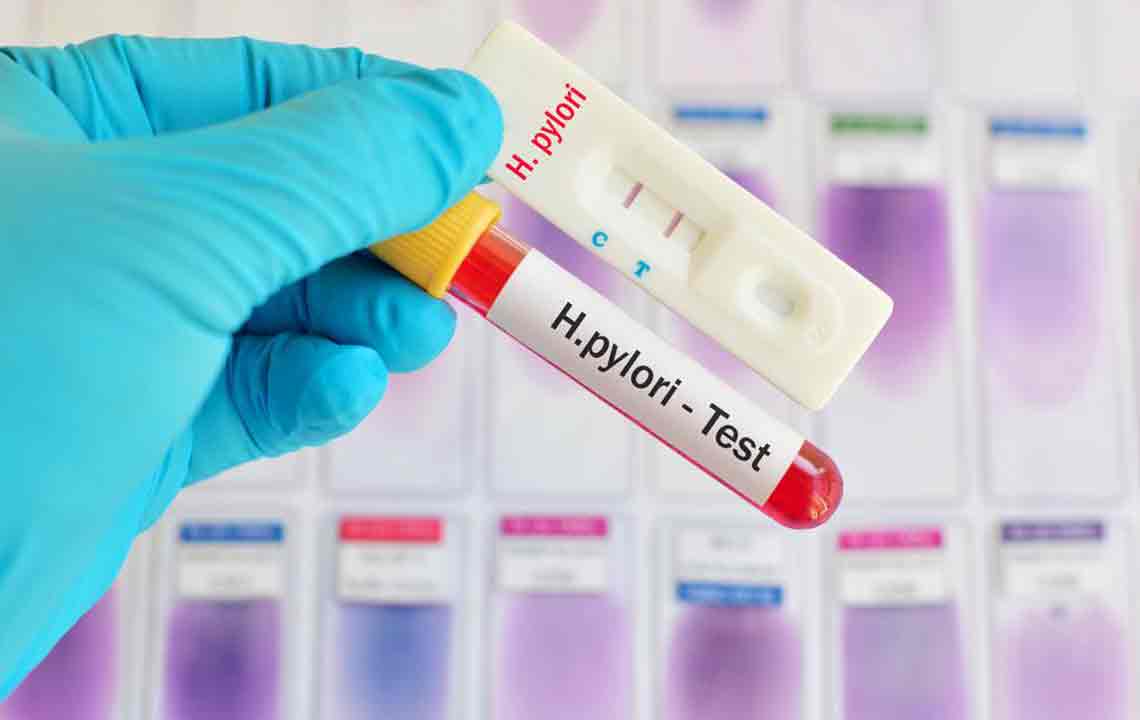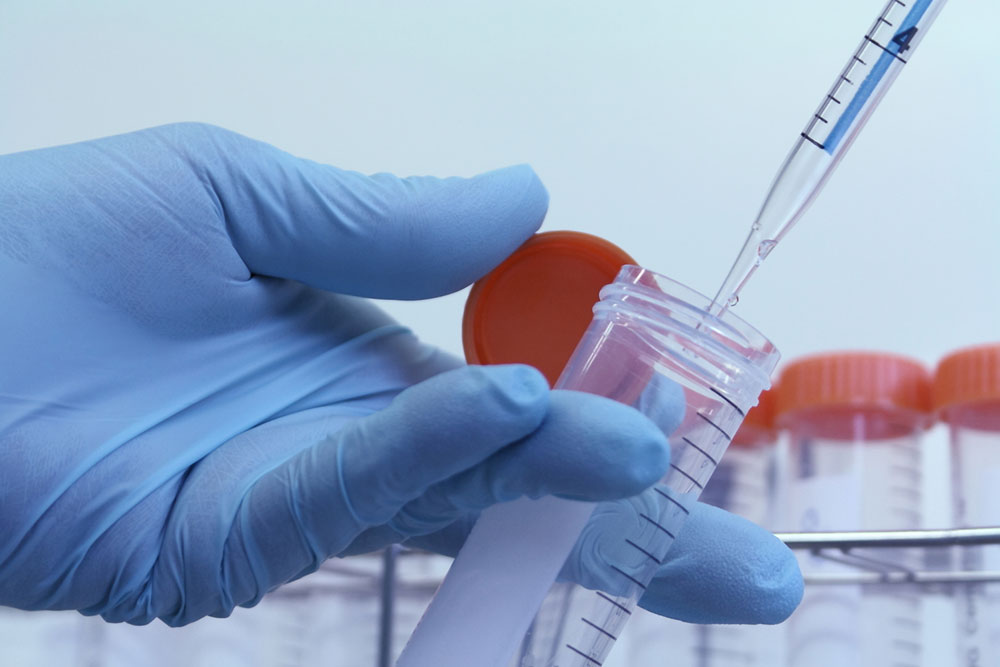Understanding H. Pylori: Symptoms, Diagnosis, and Treatment Options
This article offers a comprehensive overview of H. pylori infection, covering symptoms, diagnosis methods, and treatments. It underscores the importance of early detection and proper medical care to prevent complications like ulcers and stomach cancer. Learn how bacteria transmission occurs, recognize symptoms such as abdominal pain and bleeding, and discover effective treatment strategies including antibiotics and acid reducers. Ensuring follow-up testing after therapy is crucial. Consult a healthcare professional for personalized advice and effective management of H. pylori infection.

Understanding H. Pylori: Symptoms, Diagnosis, and Treatment Options
Helicobacter pylori (H. pylori) is a bacteria that inhabits the human digestive system, often remaining unnoticed for years. Over time, it can cause gastric ulcers and, in some cases, lead to stomach cancer. Discovered in 1982, H. pylori is recognized as a primary cause of stomach ulcers. It damages the stomach's protective lining, allowing acid to create sores and increasing the risk of bleeding and infections.
The bacteria are commonly transmitted through contaminated food, water, or utensils, especially in areas with poor sanitation. Infection often occurs in childhood and persists for decades before symptoms appear.
Symptoms of H. pylori Infection
Persistent burning or dull pain in the abdomen, often worse on an empty stomach
Bloating, frequent belching, nausea, vomiting, and unexplained weight loss
Ulcers can cause bleeding, leading to dark stools, dizziness, faintness, fatigue, pale skin, vomiting blood, and severe stomach pain
In rare cases, infection may cause symptoms resembling heartburn and, over time, lead to more serious issues like stomach cancer, with signs including nausea, loss of appetite, early fullness, vomiting, and unintentional weight loss
Diagnosis Methods
Medical history evaluation and physical examination to check for tenderness or swelling
Blood and stool tests for detecting infection markers
Urea breath test: involves drinking a urea-containing liquid and measuring breath gases to detect bacteria
Upper gastrointestinal endoscopy: using a small camera to examine the stomach and collect tissue samples
Barium swallow X-ray: the patient ingests a contrast liquid to visualize ulcers and the stomach lining
Treatment Options
Targeted antibiotic therapy to eliminate H. pylori bacteria, usually lasting one to two weeks
Medications to reduce stomach acid production, aiding in healing the lining
Adherence to prescribed medication schedules is essential to prevent resistance
Follow-up testing after treatment ensures the infection is fully eradicated
Patients should consult their healthcare provider to manage potential side effects and adhere strictly to prescribed treatments for best results.










